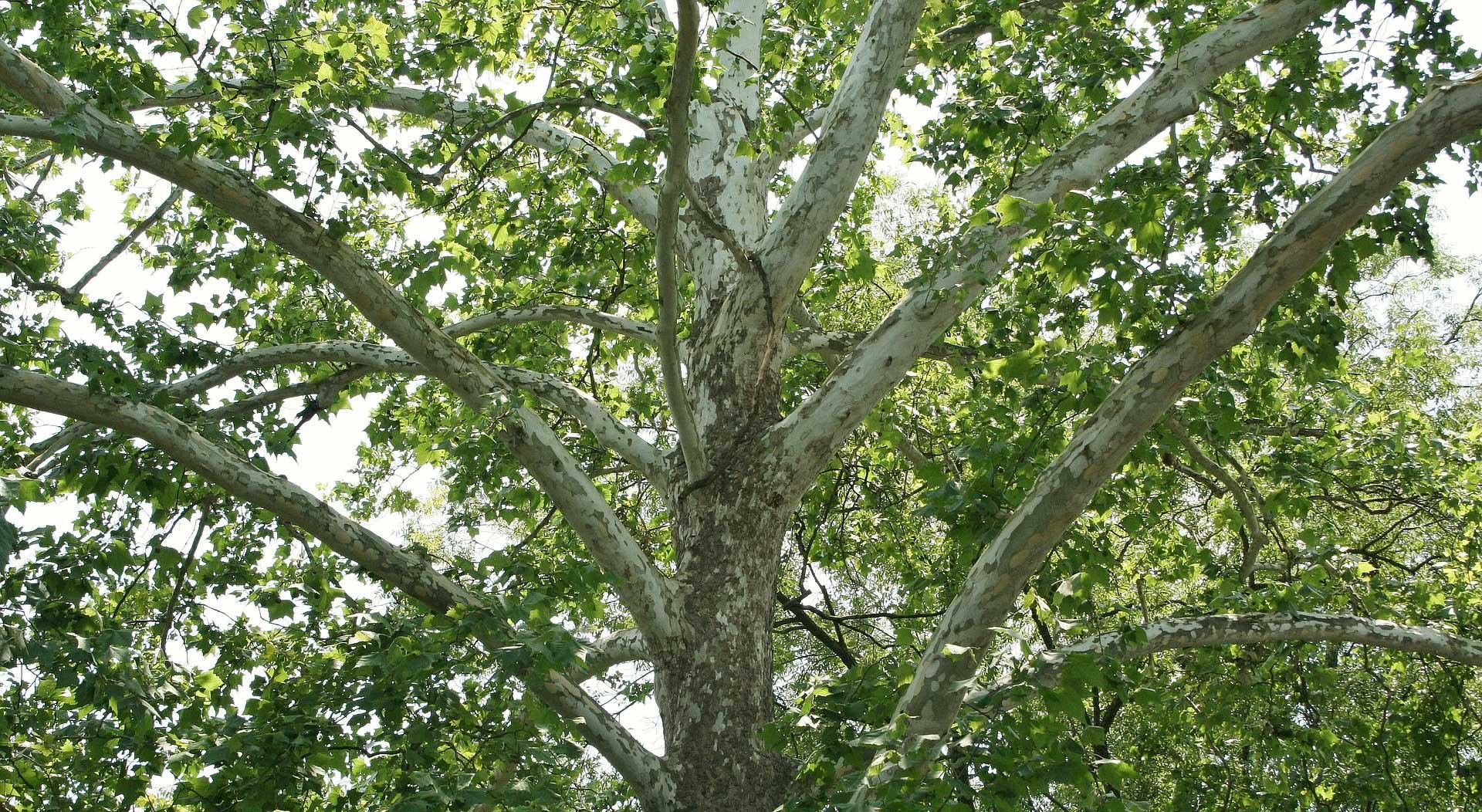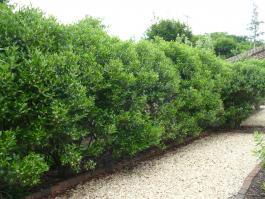What is pruning?
Pruning is the removal of undesirable portions of a plant. Each pruning cut should be well planned because each has the potential to affect the growth of the plant. After pruning, a plant must seal off every cut. To do so, it will compartmentalize the wound by forming callus or scar tissue. Small cuts do less damage than large ones. Cuts should leave smooth surfaces, without ragged edges or torn bark. Avoid extra work by carefully pruning and training young plants and by choosing plants with an ultimate size appropriate to their location.
Pruning does not stop plant growth. In fact, pruning stimulates growth. The terminal bud (the bud at the end of a branch) exerts a strong chemical control over the lateral (side) buds lower on the stem. Hormones located in the terminal bud keep lateral buds dormant. Effective pruning manipulates bud growth to the gardener’s advantage when removal of terminal buds releases lower buds from growth inhibition and permits them to begin branching. The buds closest below the cut are the ones most likely to grow. Cuts made near the base of a plant can create “bushiness” and regrowth there, but this is dependent upon a plant having viable lower buds.
Regrowth after pruning also depends upon the amount of material removed. If a small percentage of a young, vigorously growing branch is cut off, there will be regrowth up and down the remaining branch. When a large portion of that same branch is removed, the one or two buds closest to the cut will grow at a very rapid rate. Thus, in general, removing just the growing tips causes more branching than the removal of a larger portion of the branch.
Why should you prune?
To maintain plant health
- Removing all dead, diseased, or damaged branches help prevent insects and decay organisms from entering the plant. When removing diseased wood, it is important that the cut be made into healthy wood below the affected area.
- Branches that cross can injure each other by rubbing to create a wound, and they need to be removed.
- Pruning can also rejuvenate declining or overgrown shrubs. Severe pruning will often produce vigorous new growth in many species and shrubs will fill in over a period of time.
- Pruning overly-dense plants by thinning them out promotes air circulation and reduces disease incidence. An example is volutella blight of boxwood.
To improve the quality of flowers and fruit
- Flowers and fruits may become smaller in size as their production increases. Pruning woody parts diverts energy to the production of larger, though fewer, flowers or fruit.
- Thinning lets light into the canopy’s interior, which is necessary for good fruiting.
- Removing dead flowers and seedpods increases bloom for the following year. On rhododendrons, lilacs, and similar plants, the production of seed pods drains energy from the production of new shoots and flower buds, therefore seed pods should be clipped off.
To promote the desired appearance
- Thinning out trees and shrubs lets light into the interior of plants to reveal interesting patterns of bark, trunk, or branch structure.
- Pruning or shearing can be used to develop a special form, as in hedges, espalier, or topiary work. When green shoots develop on a variegated plant, they should be removed to maintain the variegated coloration.
- If a portion of a plant reverts to the wild type, such as strong vertical growth in a weeping tree, those portions should be removed.
- Small trees frequently need corrective pruning to establish a strong and attractive shape.
To restrict growth
- Branches that are hazardous or interfere with power lines should be removed. Homeowners should obtain professional assistance when pruning near power lines.
- Overgrown shrubs should be restrained.
- Densely branched shade trees can be thinned to help reduce the potential for storm damage.
- Multiple shoots growing from a wounded area should be eliminated.
- Shoots from the rootstock of grafted plants should be removed.
- Water sprouts, which are soft, rapidly growing vertical growths, should be removed at the trunk or limb from which they grow.
- Suckers, similar to water sprouts but grow from the base of the plant or from the roots, should be removed if they are not wanted.
Based on Home and Garden Information Center publication HG 84 Pruning Ornamental Plants, author Virginia Williams, CPH, Former Home and Garden Information Center Consultant, UME Bulletin 150 Pruning Ornamental Trees and Shrubs, author Dr. Francis Gouin (deceased) and revised by Ray Bosmans, Professor Emeritus, University of Maryland Extension, and the Maryland Master Gardener Handbook (revised January 2012).
Compiled by Debra Ricigliano, Home and Garden Information Center, June 2019

